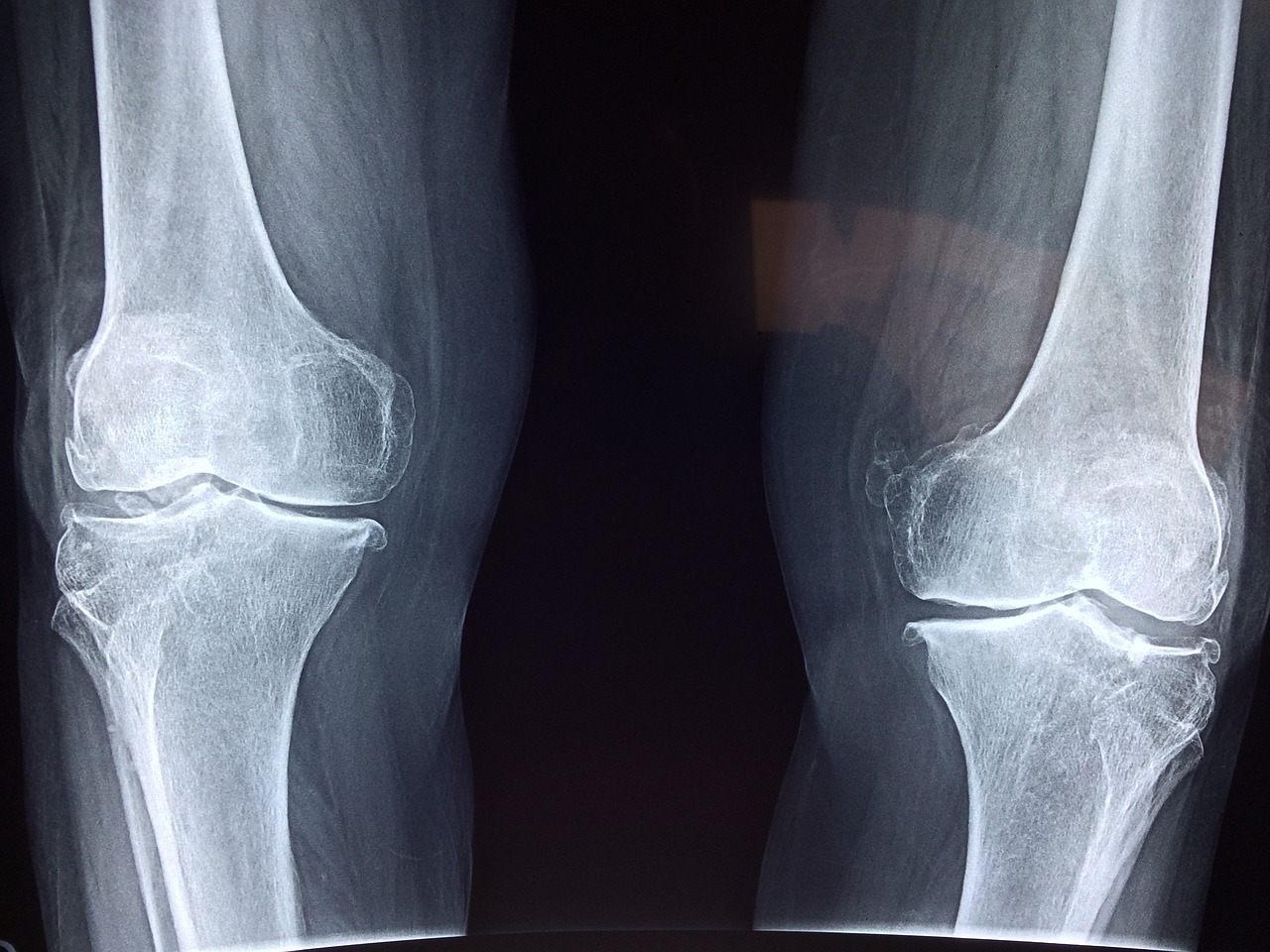Article Title:Causality and the arrow of classical time
Abstract:
It is claimed that the 'problem of the arrow of time in classical dynamics' has been solved. Since all classical particles have a self-field (gravitational and in some cases also electromagnetic), their dynamics must include self-interaction. This fact and the observation that the domain of validity of classical physics is restricted to distances not less than of the order of a Compton wavelength (thus excluding point particles), leads to the conclusion that the fundamental classical equations of motion are not invariant under time reversal: retarded self-interactions lead to different equations than advanced ones. Since causality (the time order of cause and effect) requires retarded rather than advanced self-interaction, it is causality which is ultimately responsible for the arrow of time. Classical motions described by equations with advanced self-interactions differ from retarded ones and do not occur in nature. (C) 2000 Elsevier Science Ltd. All ri;:hts reserved.
Keywords: causality; time's arrow; time reversal invariance; classical dynamics
DOI: 10.1016/S1355-2198(99)00030-1
Source:STUDIES IN HISTORY AND PHILOSOPHY OF MODERN PHYSICS
Welcome to correct the error, please contact email: humanisticspider@gmail.com



